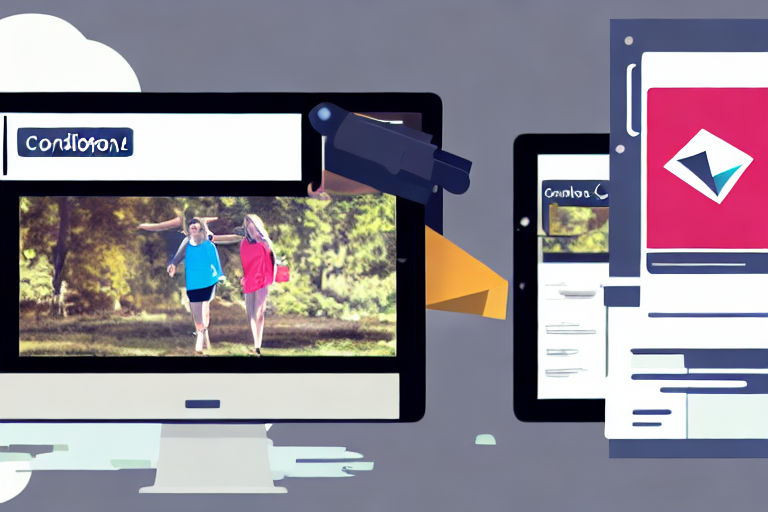Best Practices for Writing Confirmation Emails that Drive Sales and Customer Loyalty
Confirmation emails are one of the most valuable touchpoints in the customer journey. They not only serve as a reassurance that the transaction was successful but also a chance to deepen the relationship with your customers. By adopting a well-structured and persuasive approach, confirmation emails can drive sales and foster customer loyalty.
Here are some best practices for writing confirmation emails that will make your customers happy and your business thrive.
Keep It Simple and Clear
The primary objective of a confirmation email is to confirm the customer’s order or registration. Therefore, the message should be clear, concise, and informative. Avoid using jargon or complex terms that may confuse the customer. Use a friendly and conversational tone to create an emotional connection with the customer.
Use Engaging Subject Lines
The subject line of your confirmation email should be engaging, informative, and relevant. It should be crystal clear and provide a brief summary of the email content. Avoid using generic subject lines such as “Your Order Confirmation” or “Confirmation Email.” Personalize the subject line if possible to capture the customer’s attention.
Add Value with Visuals
Visual content such as images and videos can enhance the effectiveness of your confirmation emails. Consider adding images of the products purchased or videos that highlight your brand’s features and benefits. Visuals not only add value to the message but also create a lasting impression in the customer’s mind.
Include Relevant Information
In addition to the order or registration confirmation, include relevant information in the email, such as the expected delivery date, shipping information, and return policies. This information helps the customer make informed decisions and can improve their overall experience with your brand.
Encourage Engagement and Upsell
Confirmation emails present an opportunity to foster customer loyalty and drive sales by encouraging customer engagement and upselling complementary products or services. Include links to your social media pages or surveys, and promote your loyalty program or refer-a-friend program. Be mindful not to come across as pushy or salesy.
Conclusion
Confirmation emails do not have to be a routine communication that customers ignore. By implementing the above best practices, you can turn them into powerful tools that drive customer loyalty and sales. Remember to keep the message simple and clear, use engaging subject lines, add value with visuals, include relevant information, and encourage engagement and upselling.



